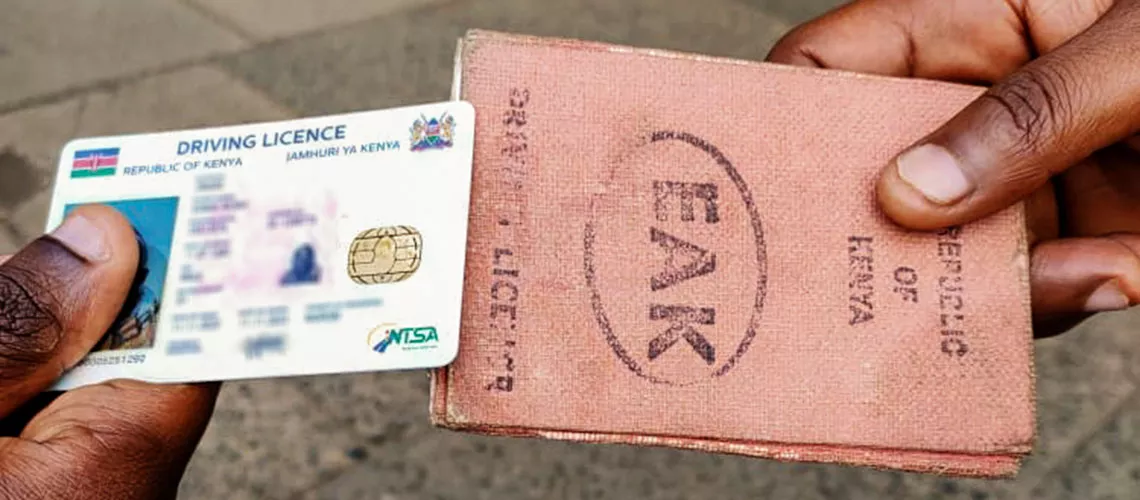KBA announces plans to make borrowing affordable with lower interest rates

Gachora acknowledged that many borrowers continue to face financial strain due to rising living costs.
Banks have assured that they are taking steps to lower loan interest rates, making borrowing more accessible in response to recent cuts in the Central Bank of Kenya's (CBK) policy rate.
Kenya Bankers Association (KBA) Chairperson John Gachora announced that individual banks have started notifying customers of reductions in loan rates, which will take effect from December 2024.
More To Read
- Three-week drop in benchmark crude sets up Kenyans for further fuel price relief
- Kenya adopts Women Entrepreneurs Finance Code to close gender financing gap for women entrepreneurs
- CBK data shows Sh344 billion decline in mobile money transactions, steepest drop in 18 years
- CS Mbadi tables new banking rules targeting non-compliance, unethical practices
- Kenya’s exports to EAC partners grow as diaspora sends Sh1 trillion home
- CBK targets Sh40 billion in new Treasury bond auction
Gachora noted that these reductions are part of a progressive adjustment process influenced by monetary policy changes and credit risk considerations.
“We are seeing individual banks informing their customers about reductions in loan rates starting this December,” Gachora said.
He added that the banking sector will continue lowering rates while balancing them against the high cost of deposits, many of which were locked in during periods of higher interest rates before CBK's recent cuts.
The KBA chairperson highlighted the adoption of a risk-based credit pricing model in the banking sector, which requires banks to assess customers' risk profiles and set credit prices accordingly.
"Each bank is required to assess its customers' risk profiles and price credit accordingly,” Gachora said, explaining that the pricing incorporates the bank's base rate and its valuation of risk premiums.
He clarified that base rates are influenced by the CBK rate and government borrowing costs, while risk premiums consider factors such as the level of non-performing loans and the challenges borrowers face in meeting repayment obligations.
Financial strain
However, Gachora acknowledged that many borrowers continue to face financial strain due to rising living costs, delayed payments to businesses, higher operational costs, and reduced disposable incomes.
These challenges, he explained, increase credit risk and complicate efforts to offer lower lending rates.
To address these barriers, KBA said it is working with the government and stakeholders to address broader issues affecting credit accessibility. These include reviewing risk-based pricing models, expediting payment delays to businesses, and resolving legal disputes that hinder credit growth.
The initiative comes in response to the CBK's call for banks to extend the benefits of monetary policy adjustments to borrowers.
CBK Governor Kamau Thugge urged commercial lenders to lower lending rates in line with ongoing benchmark rate reductions, describing the move as a matter of fairness.
“CBK’s request for banks to lower rates is not political; it’s about fairness. When the CBK raised the policy rate, banks quickly increased their lending rates. We are simply asking them to act the same way now that rates are being lowered,” Thugge said.
Thugge emphasised that reduced lending rates would stimulate economic activity, benefiting banks and the broader economy.
“Lower rates mean more credit will be available, which could lead to higher profits for banks as economic activity increases,” he said.
The CBK has hinted at further cuts to its benchmark rates as part of its efforts to spur economic growth and ease financial pressures on consumers.
Top Stories Today
















































